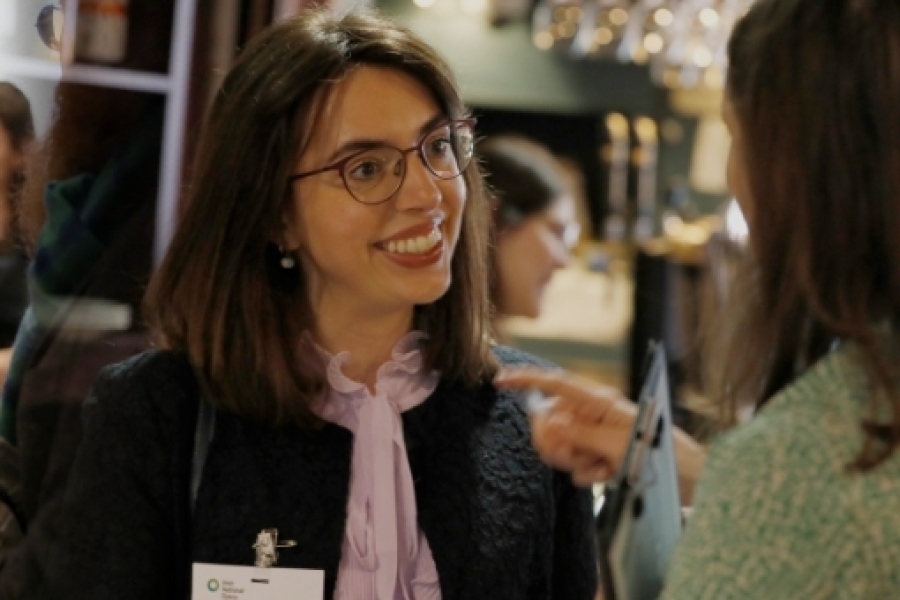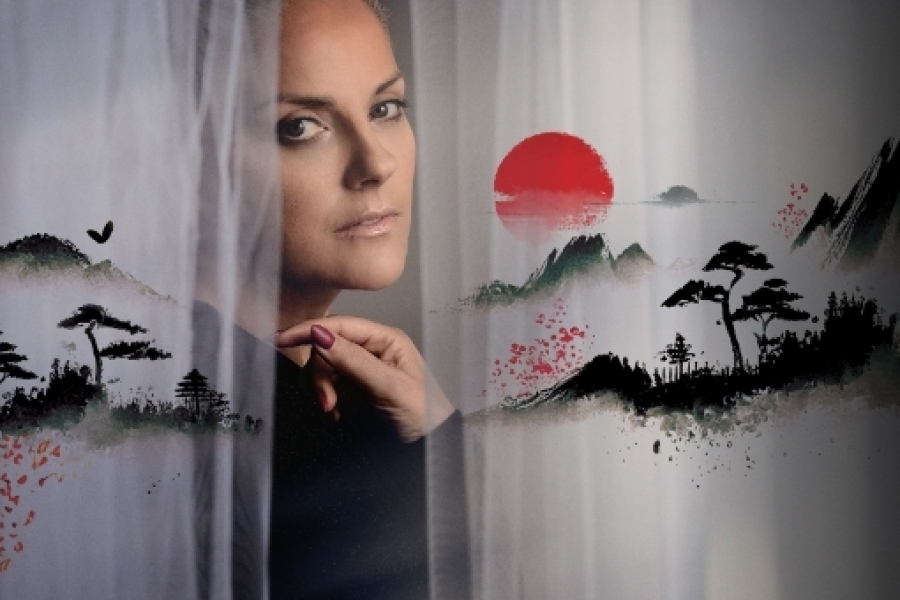The Tales of Hoffmann
Sung in French with English surtitles
“engaging, energetic, surprising ****” - The Irish Times
“Claudia Boyle...fearlessly accepts the challenge of depicting four very different roles – and singing styles – in the one opera and nails all of them.” - The Irish Times
One narrator. Drunk. The story of the women in his life. The complications of his current love and his current rival. And an evil shadow that follows him everywhere.
Offenbach was dubbed “the Mozart of the Champs-Élysées” by Rossini. His lyrical, effervescent final opera, left unfinished at his death, with its plot of strange, outrageous loves, an ever-present evil genius, not to mention the famous Barcarolle (borrowed from an earlier work) and an aria for a wind-up mechanical doll, is a treasure-trove for an imaginative director.
“I warn others solemnly that Offenbach's music is wicked. It is abandoned stuff: every accent in it is a snap of the fingers in the face of moral responsibility: every ripple and sparkle on its surface twits me for my teetotalism, and mocks at the early rising of which I fully intend to make a habit some day.” — George Bernard Shaw, 1889
“You really feel like you are dying by the end of the act. You feel this ecstasy while singing. You are dying, exhausted and excited.” - Anna Netrebko Soprano (on singing the role of Antonia)
Cast & Creatives
Cast
| Hoffmann | Julian Hubbard |
| Olympia / Antonia / Giulietta / Stella | Claudia Boyle |
| Nicklausse | Gemma Ní Bhriain |
| Lindorf / Coppélius / Miracle / Dappertutto | John Molloy |
| Andrès / Cochenille / Franz / Pitichinaccio | Andrew Gavin |
| Crespel | Brendan Collins |
| The Voice | Carolyn Holt |
| Spalanzani | Fearghal Curtis |
| Schlemihl | Kevin Neville |
| Nathanaël | Peter O’Reilly |
| Hermann | Cormac Lawlor |
| Luther | Robert McAllister |
Creatives
| Conductor | Andrew Synnott |
| Director | Tom Creed |
| Set & Costume Designer | Katie Davenport |
| Lighting Designer | Sinéad McKenna |
| Assistant Director & Movement Director | Paula O'Reilly |
| Irish National Opera Chorus & Ensemble |
Synopsis
For this production the original 19th-century setting has been updated to the present day.
Act I
We meet Hoffmann in a bar, drunk, consumed with all kinds of feelings about his lover Stella, who's performing in an opera — Mozart's Don Giovanni — in a theatre across the road. He's drinking with his buddies, including his great friend Nicklausse, and can’t get Stella out of his mind. He begins to tell the people in the bar stories of his three great loves. Of course what we come to discover is that these three great loves actually are imagined versions of Stella. Hoffmann is working out his feelings for Stella, his feelings about his own art and his insecurities about his own relationships as well as the relationship between his art and his life, the destructive quality of that art, and the destructive quality of his life. And he's working them out through imagining Stella in various guises, and telling stories of various relationships which end up in catastrophe.
Act II
He imagines Stella as a robot, Olympia, the creation of the inventor Spalanzani. She's been been made using eyes by another inventor, Coppelius. So we find ourselves at a kind of product launch for this new, extraordinary humanoid, who's been programmed by Spalanzani to be his version of the ideal woman. She can sing a beautiful, meaningless song, and say yes, and nothing else. Olympia is being launched to the world. Hoffmann puts on a pair of glasses he has been given by Coppelius and becomes captivated by this humanoid, non-human Olympia and falls in love with her.
Act III
In the next story we hear about his love for a young woman called Antonia. She longs to be a singer but she suffers from a mysterious illness, the consequence of which is that if she sings it will kill her. There's no real explanation for this illness, but her father Crespel is terrified she will go the same way as her mother, who suffered from a similar affliction. He has sequestered her away from the world, and away from Hoffmann, who he considers a bad influence, particularly for giving her ideas about art and being a star. Dr Miracle, a kind of quack doctor, turns up, convinces her that she's hearing the voice of her mother and lures her on to her destruction.
Act IV
The next story is about Giulietta, who in the original is a courtesan in Venice. The courtesans in Venice and the carnival were part of a kind of tourist project on behalf of Venice to open the city, appear cosmopolitan and attract tourists. The Venice Biennale is a kind of contemporary equivalent, with Giulietta as a kind of performance artist, like Marina Abramović, opening her new art exhibition there. But of course, because we are in Italy, there are all kinds of Mafia in the background, including her current squeeze, Schlemil, and the mysterious Dappertutto, who's manipulating everybody. Dappertutto convinces Giulietta to steal Hoffmann's reflection for him, which this production imagines as a kind of drug deal, but also on a metaphorical level as a total loss of selfhood. So by the end of the scene with Giulietta Hoffmann no longer has an image of himself.
Act V
Then we find ourselves back in the bar. Hoffmann has told his story, the opera is over, he missed the second half, and Stella comes in. He wasn't there to meet her after the show as she'd arranged. Because her letter had been intercepted by the councillor Lindorf at the beginning of the opera. He has his own desires for Stella. Stella says to Hoffmann, I think we should try and make another go of this. Consumed with the failures, with all the disastrous relationships he has in his head, and the inability to distinguish his own real relationship from these fictionalised versions of Stella, he rejects her. All the while Hoffmann's friend Nicklausse is there, is watching, is trying to intervene and save Hoffmann from himself, while also processing his own feelings for Hoffmann. But at the end of the day Nicklausse knows is that as an artist Hoffmann will be able to transform his failure of a life into triumphant works of art.























